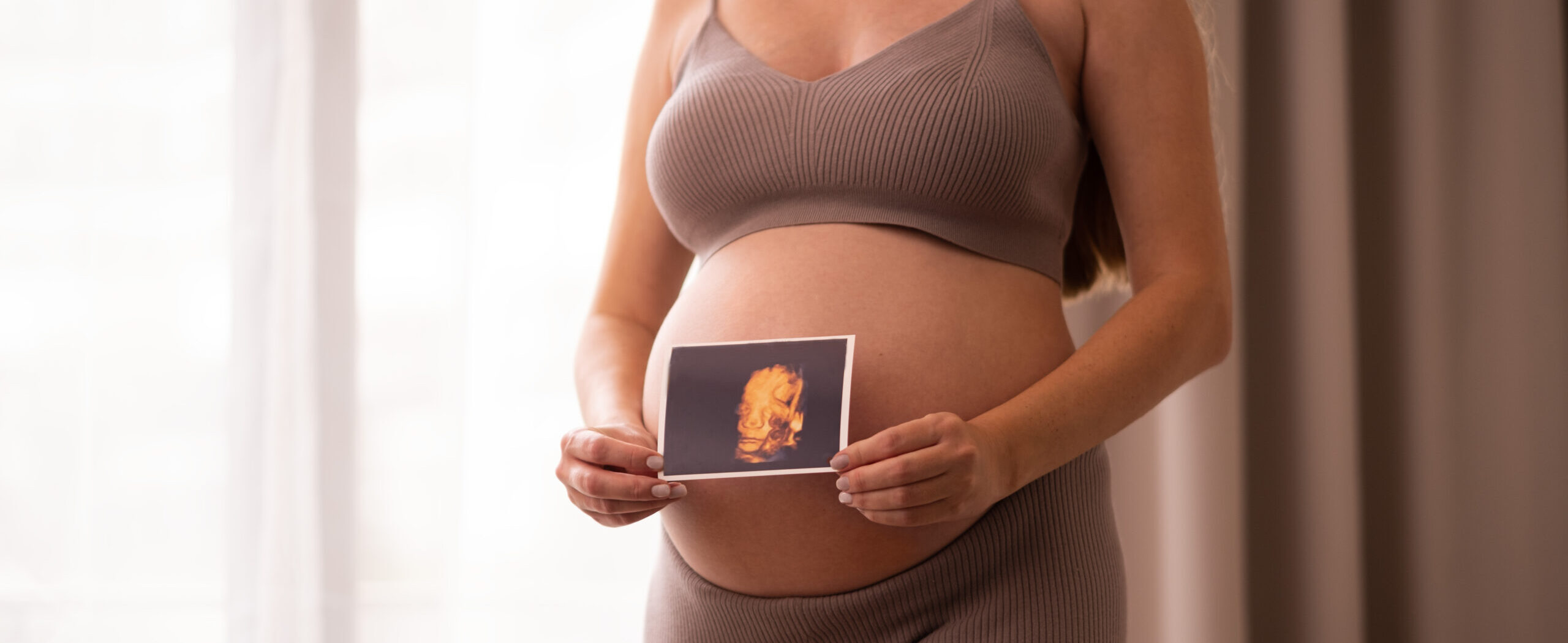Hair enhanced by pregnancy
Among the many physical changes that accompany pregnancy, hair holds a special place. Many expectant mothers notice that their hair becomes thicker, shinier, and stronger. But why does this transformation occur?
The normal hair cycle
Under normal circumstances, each hair follows a three-stage life cycle:
-
Anagen phase (active growth): bulb cells divide rapidly, and the hair grows.
-
Catagen phase (transition): growth gradually stops, and the hair detaches from its follicle.
-
Telogen phase (rest and shedding): the follicle enters a “sleep” phase until a new hair takes over.
This cycle explains the natural loss of 50 to 100 hairs per day.
The effect of hormones during pregnancy
During pregnancy, this cycle is modified under the influence of hormones (notably estrogen, progesterone, and prolactin).
-
The growth phase (anagen) is prolonged.
-
Hair shedding (telogen phase) is delayed.
-
Result: hair appears denser, stronger, and more voluminous.
Some women notice these changes as early as the first months, others a bit later.
A temporary effect
This “miracle” effect does not last forever. After childbirth, estrogen production drops, often leading to postpartum telogen effluvium: increased hair loss for a few months.
No worries: this phenomenon is reversible, and hair growth returns to balance within 6 to 12 months after birth.
👉 To better anticipate this period, also check out our tips to reduce hair loss after childbirth.
1 Malkud S. Telogen Effluvium: A Review. J Clin Diagn Res. 2015. | 2 Trueb RM. Hormonal influences on hair growth. Dermatology. 2010.
